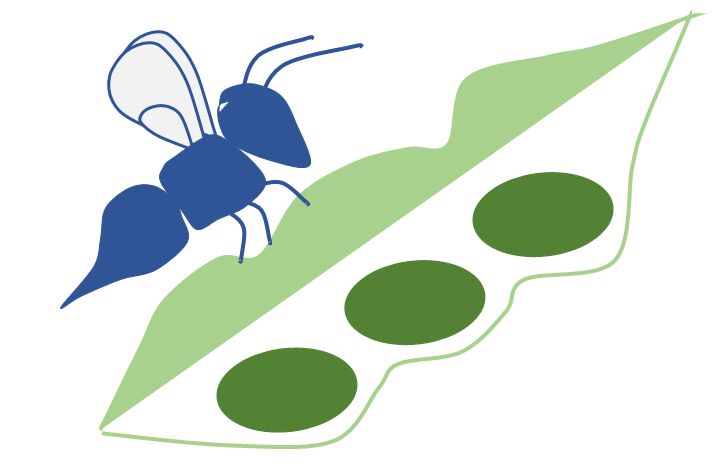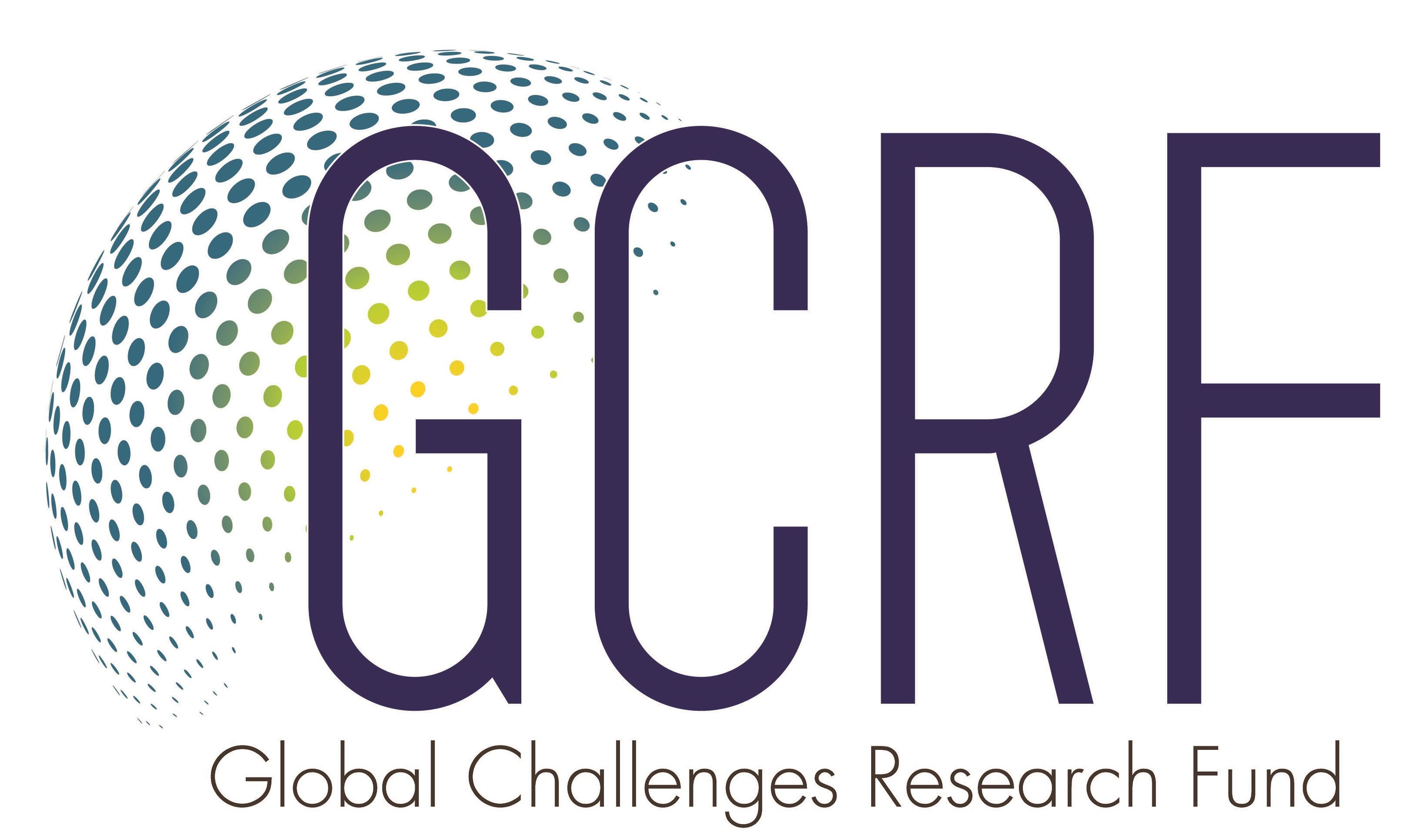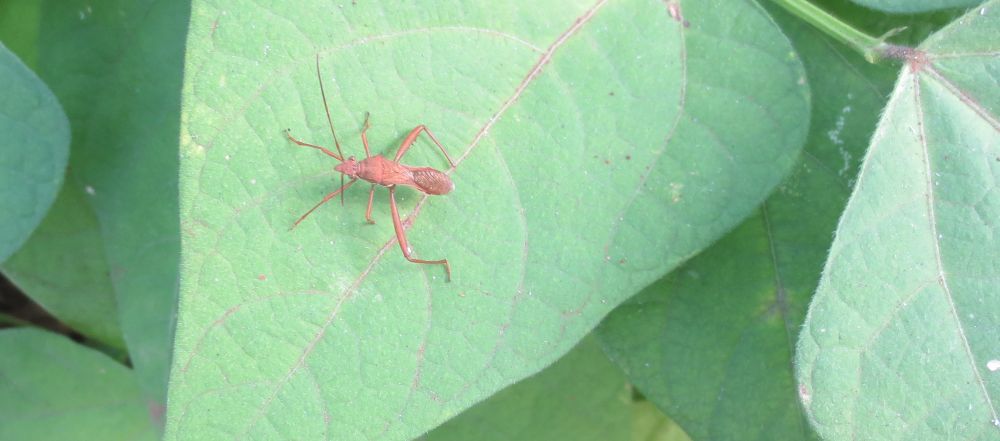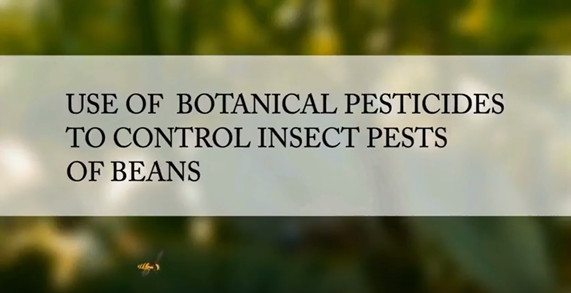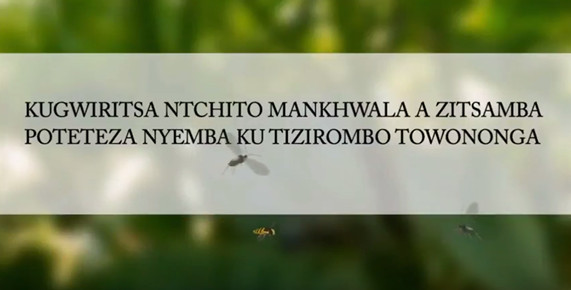What are ecosystems services?
Ecosystems services are the benefits humans derive from healthy natural environments and processes. They fall into four categories:
- Provisioning: Services where people gain a product of use directly from the environment, such as harvesting berries from a bush, timber from a forest, or fish from a lake.
- Regulating: Services involving processes that moderate environmental factors, such as climate regulation by forests, flood control by reed beds, or pest management provided by predatory insects.
- Supporting: Services that underpin the processes in an ecosystem, such as the cycling of nutrients like nitrogen through the ecosystem, or pollination by insects.
- Cultural: Services related to humans' appreciation of healthy, vibrant environments, such as enjoying a beautiful hillside, or the importance of an animal in folklore or song.
Some of these services can be valued in monetary terms, for example by measuring the difference in a crop yield with and without pollinators. Others are harder to value directly, such as understanding the emotional importance of pandas to people. However, that does not mean they should be neglected just because they cannot be valued in hard currency.
Why do ecosystems services benefit farming?
Farming depends on ecosystems services for many parts of the cycle. Many crops are insect-pollinated, and this important service can only partially be provided by managed pollinators such as honeybees. Many crops suffer pest outbreaks (aphids, mealybug, caterpillars, blister beetles, etc.)...and yet in healthy near-natural ecosystems, pests are rarely such a big problem. Why? Healthy, diverse ecosystems have many different plants, insects, birds and mammals all interacting in a balanced way. The same pest species may exist in these ecosystems, but they are kept in check by other organisms - competitors for the same food sources, predators that eat them, and parasitoids that kill them by laying eggs inside them. A more complex ecosystem has more different species of animal and plant in it, which makes it more robust and less likely to be taken over by a single pest.
The ecosystems services in farms go beyond this, even: livestock drop dung on farms, and this would remain for a long time if it were not for dung beetles, other invertebrates and micro-organisms that break it down and enable it to rot into the soil. Normal soil also benefits hugely from the ecosystems services of decomposers, and animals that turn over and aerate the soil.
What can be done to support pollinators on farms?
The most important things to consider with pollinators on farms are:
- What can they eat when the crop stops flowering?
- Where can they nest?
- Are there any direct threats to them on the farm?
Provision of flowers year-round is critical for many pollinating species. This means planting wildflowers and/or growing a wider diversity of crops with different flowering seasons. Remember different pollinators need different food plants - a long-tongued carpenter bee can use flowers with long, deep tubes, but a tiny sweat bee needs smaller, shallower flowers. In some countries, wildflower seed mixes can be bought to support pollinators. Sometimes, just mowing the field margins less can make a big difference.
Many pollinators like to nest in crumbly, bare ground. Leaving some patches of bare ground and also walls and old timber can benefit them.
A major threat to pollinators on farms is careless pesticide use. Use good quality products, follow the instructions precisely, and try to avoid using pesticides at all if possible.
What can be done to support natural enemies on farms?
It is important to think about what natural enemies are being encouraged.
Ground beetles can be supported by leaving uncut areas around field margins where they can shelter.
Parasitoid wasps need both a food source (nectar) and also alternative hosts when the crop is not being grown - so wildflowers near to fields can help them.
Birds and bats can be encouraged by providing trees, avoiding shooting/hunting, reducing pesticide use and halting deforestation.
Diverse types of plants help support healthy biodiversity: maintaining wild and semi-wild areas around farms can benefit many different groups of natural enemies.
Also, try to reduce or avoid pesticide use. Synthetic pesticides don't just kill pests - they can also kill natural enemies!
What are pesticidal plants?
Many plants produce natural chemicals inside them in order to deter insects such as caterpillars from eating them. These chemicals can also be used by humans to keep pest insects from crops. For example, the neem tree produces a powerful chemical, azadiractin, that has been shown to kill many pest insects.
Pesticidal plants have several advantages over commercial synthetic pesticides:
- They are cheaper - people can grow/harvest them on farms or nearby
- The source can be more easily verified - you can be sure of the origin if you harvest it yourself
- They are often safer (but be careful - some pesticidal plants have strong natural chemicals inside) - they have lower toxicity to humans and fewer impacts on other ecosystems services
- Pest insects are less likely to become resistant - resistance to synthetic pesticides is a major problem, but pesticidal plants are both more chemically complex, with many active compounds, and are also living things, so can adapt just as the pests adapt
How do I use pesticidal plants?
The McKnight Foundation has supported preparation of some informational videos in collaboration with project partner Prof Steve Belmain. Please watch in your preferred language!
Where can I get more information?
FAO has made a factsheet about ecosystems services in agriculture
CropLife International has made a brochure about pollinators in agriculture
To learn more about pollinators, listen to Prof Stevenson's TEDx talk
A PhD thesis that contains lots of information about natural enemies in agriculture
